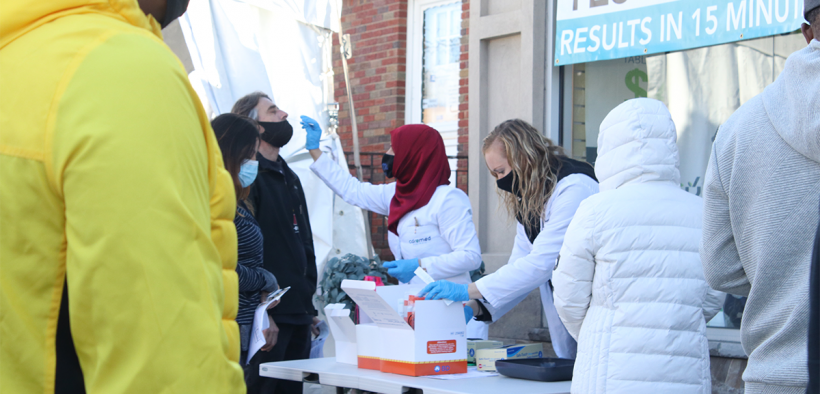NZ Government announces three-phase Omicron plan
Share

The New Zealand Government has announced a three-phase Omicron plan that will slow down and limit the spread of an outbreak across the country.
Associate Minister of Health Dr Ayesha Verrall announced that throughout the course of managing the Omicron variant, the NZ Government will be taking a phased approach that will change in response to case numbers.
“Other countries have had to adapt their response in the middle of widespread outbreaks. We are setting out the changes ahead of large case numbers to give people a clearer idea of what to expect and what they need to do at each phase,” she said.
“Almost no country in the world has escaped Omicron and New Zealand is no exception. But where we can be an exception is how well we minimise the impact of the virus and protect our people from it.”
Phase one of the plan is taking a ‘stamp it out’ approach, which includes contact tracing, isolation, and request that everyone who is symptomatic be tested at a community testing station or at a primary health provider.
Under this phase, Associate Minister Verrall stated that those who are positive should be in isolation for 14 days while those who were in contact with a positive case be isolated for 10 days.
“Our objective is to keep cases as low as possible for as long as possible to allow people to be boosted and children to be vaccinated without Omicron being widespread,” she said.
Phase two of the plan will see to the New Zealand Government’s objective of slowing the spread and protecting vulnerable communities.
“The system will be adjusted to focus much more on identifying those who are at greater risk of severe illness from Omicron – which will be a smaller percentage of cases,” Associate Minister Verrall said.
“In Phase Two, we will reduce the isolation period for cases to 10 days and contacts to seven days in line with best practice overseas.”
Digital technology is used more during this phase. Cases will be notified via text message and be directed to an online self-investigation tool that will focus on high-risk exposures.
Information will be provided via email and phone-based interviews will still take place when it’s required. Other forms of support will be available to those who need it.
Phase Two will see more widespread use of RATs to return to work policy, where asymptomatic contacts in critical workforces can return a negative rapid antigen test in order to go to work.
In Phase three, further changes will be made to contact tracing. The definition of contacts will change to household and household like contacts only, meaning the highest risk contacts will need to isolate.
Aside from the three-phase Omicron plan, Associate Minister Verrall stated that vaccination remains to be the most effective weapon against the virus.
“So far, we’ve been focused on keeping Omicron out of the community for as long as possible while we roll out vaccinations to children and boosters for our adult population,” she said.
“Now that it is here, we expect case numbers to grow rapidly and put our health system under considerable pressure.”
Source: Beehive.govt.nz
Eliza is a content producer and editor at Public Spectrum. She is an experienced writer on topics related to the government and to the public, as well as stories that uplift and improve the community.




















